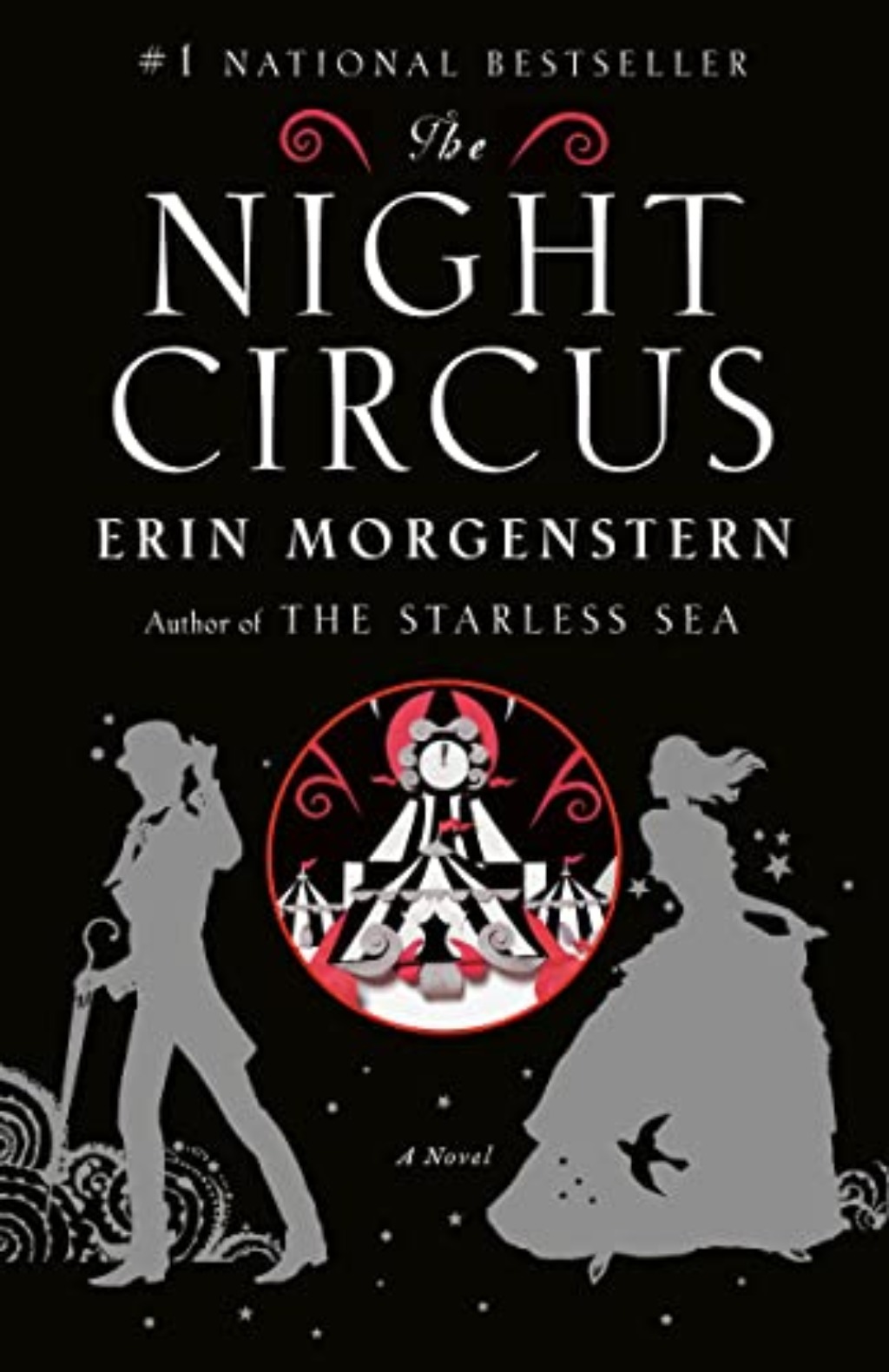I’ve mentioned before how you can create a fabulously imaginative world and fantastic plot in your novel, but no one will care if your story lacks interesting, relatable characters. While I deeply appreciate aspects of a story like great worldbuilding and pacing, I have always been most drawn to character-driven books.
Any good character-driven story includes compelling character arcs. A character arc is simply the path a character takes through the story. Learning how to construct a dynamic character arc will help to develop your characters and leave the reader feeling satisfied by the journey they have taken by the end of your story.
Here are some tips on how to create satisfying character arcs.

Brainstorm
Before you jump into formulating your character arcs, it’s crucial that you do some brainstorming. Writing out character sketches (aka biographies) will give you a sense of who each character is. This entails figuring out whichever details about each character you find to be most significant—these might be how your character looks and dresses, their interests, how their relationships with their parents/friends/significant other are, etc.
It is also important to brainstorm a solid outline for your story before you start thinking about character arcs. If you want to plot out what happens to your characters on their journey, you must first figure out exactly what that journey is. Here is a post about the specific outlining process that works for me, and another post that includes many helpful outlining templates.

Determine Your Character’s Starting Point
Writing character sketches will help you to determine where each character is at the start of the story. Protagonists often find themselves living a dull, gray existence before their lives are changed forever by the events of the story. Harry Potter slept in a broom closet and was mistreated by his aunt, uncle, and devilish cousin before he was whisked away to Hogwarts. Luke Skywalker lived on the depressing desert planet of Tatooine before he began his exciting space journey.
Whatever your character’s starting point is, it should be in stark contrast to what happens in the rest of your plot. This will help to make your character’s journey a thrilling one, full of surprises and new experiences.

Consider Your Character Arc’s Structure
Before you begin writing your story, it’s helpful to figure out the structure of each central character’s arc. One very common structure is Rags to Riches, which shows a character rising from poverty to great wealth. Pip’s journey in Great Expectations fits into this archetype. Conversely, you could go with the opposite structure and tell a Riches to Rags story.
To help you understand what your character is going to go through over the course of the story, it’s important to think about structure. Is your character going to fall then rise, or rise then fall? Perhaps they will rise, then fall, then rise again. There are infinite possibilities and you may end up changing your mind as you write, but it’s good to get your thoughts about the structure of your character’s arc down on paper before you begin.

Keep Your Genre in Mind
The genre you’re writing is going to deeply affect the sort of arc your character goes through. If you are writing an inspirational, uplifting story, your character should end up in a better place than where they started. But if your book is a tragedy, then the story will end with your character in a much lower place than at the beginning, like a character who falls from grace at the end of a Shakespearean play.
Another thing to consider is whether you’re working on realistic fiction or fantasy. With fantasy, you will have to contend with magic and how it’s going to affect your character’s arc. Similarly, if your book is historical fiction, you should think about how your character’s life would be affected by being alive at that particular point in history.

Don’t Make Your Character Too Perfect
At the start of your story, it might be tempting to make your main character a flawless Adonis who is pure of heart and never does anything wrong. After all, readers want likable characters, right? The thing is, readers don’t tend to like perfect characters because they can’t relate to them. Flaws are what make us human and without them, readers will feel distance from your characters.
Flaws are extremely important when it comes to your character arcs. If you want your character to grow and change throughout the story, they need aspects of their personality that would benefit from some improvement.

Ask Yourself, “What Is My Character’s First Goal?”
From the start of your book, your characters should have goals and aspirations. Harry Potter wants to escape his dull life, as does Luke Skywalker. Frodo Baggins, conversely, would love to stay in the Shire for the rest of his days. These first goals help to develop your characters and establish where they are at the beginning of the story.
Throughout the story, like it is in Harry and Luke’s case, they may see their dreams come true (and then some). Whereas reluctant Frodo goes on a wild and perilous adventure where he needs to prove his mettle. No matter what, these early goals help to define a character’s starting point and give them a place to move toward or away from, depending on what type of story you’re telling.

Introduce the Catalyst for Change
One of the most important aspects of a character arc is the catalyst for change. A character is quietly living their humdrum life when bam! Fate comes knocking on the door to upset everything and change our protagonist’s life forever. In Joseph Campbell’s “Hero’s Journey”, this inciting incident is called the “Call to Adventure”. For Harry, it’s Hagrid arriving to whisk him away to Hogwarts. For Luke, it’s when he finds a message stored in R2-D2 with Princess Leia saying, “Help me, Obi-Wan Kenobi. You’re my only hope.”
No matter what sort of story you’re writing, it will need some sort of spark to incite change in your characters’ lives. This could be a stranger coming to town, a character finding some mysterious letter or message, a character being called to travel somewhere strange and new, etc. If you leave your characters without a Call to Adventure, your story will get boring fast.

Create Limitations
Limitations in a story can help to ensure that a character doesn’t achieve their goals too easily. Rapunzel is able to use her hair to meet with her prince, but the witch and the tall tower she is imprisoned in stand in the way of their being together. In The Night Circus by Erin Morgenstern, Marco and Celia are kept apart by their instructors, who insist they battle it out in a magic contest that will only end in one of their deaths. Superman may seem invincible but can easily be brought down by a hunk of kryptonite.
You need to set hurdles in the way of your characters achieving their goals. Then it will be all the more compelling and satisfying when they manage to reach their desire despite such harsh odds. Or perhaps they’ll realize over time that they hope to reach a different goal—a transformation we’ll discuss more later on.

Remember to Include Conflict
Sometimes it can be tempting to fall too much into witty dialogue and internal monologues and to completely forget about conflict. I have fallen prey to this issue many times myself. Author Maggie Stiefvater makes the point in this article that emotional scenes like these that don’t move the plot forward are like ice cream—they feel amazing, but you can’t live on them. These scenes are best used sparingly as little, cathartic breaks from the main plot.
Conflict does wonders when it comes to writing a good character arc. It will give your character a chance to show rather than tell what sort of person they are—not only your main character but your secondary characters as well. You should build through smaller conflicts throughout the book until you reach a climax where all those conflicts come to a head.

Show Growth and Change
The most pivotal part of a good story arc is that your characters should grow and change throughout your story. This is where those flaws we planted early in the story will come into play. In A Christmas Carol, Scrooge starts the story as a bitter, miserly old man who cares only for himself. But by the end, after the various ghosts impart their lessons, Scrooge becomes charitable and warm-hearted.
By the end of your book, your characters will have hopefully come a long way from where they started. Perhaps like Harry Potter and Luke Skywalker, they will have gone from ordinary people to great heroes. Or maybe the changes will be smaller—your character may become a bit kinder, or braver, or more thoughtful. As long as you make these changes in a believable way that occurs subtly over time, readers will be very satisfied with where your characters end up in the end.
I hope these tips will help you to create compelling character arcs in your stories. Watching a character genuinely grow throughout a story really is one of the most satisfying experiences a reader can have, and it will be equally satisfying for you to provide them with that experience.
Soak Yourself in Fiction
Follow us on Facebook | Instagram | Twitter | Discord